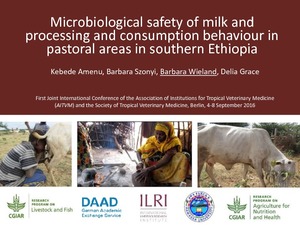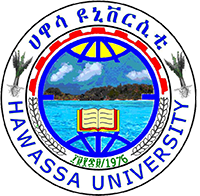Resource information
The objective of the present study was to assess the behaviour of people in milk
production and consumption using qualitative methods. Further, the study involved
the microbiological quality and safety assessment of milk and traditional dairy
products along milk value chains. The investigation involved largely women given
that women are customarily involved in milk handling and processing. Individual
semi-structured interviews, focus group discussions, and observations were used to
(1) document milk production and processing practices, (2) assess perception on
quality and safety of milk including perceived criteria for good milk, (3) assess
awareness on milkborne diseases, and (4) evaluate milk boiling practices. The
interviews and discussions were documented using field note and audio recording
which later were transcribed and analysed by identifying the themes. For the
microbiological assessment, a total of 203 samples: 145 pooled milk, 40 directly from
udder and 18 ititu (fermented whole milk curd with whey removed) were analysed for
E. coli count and selected pathogens (E. coli O157:H7, Listeria spp. and
Staphylococcus aureus). The result showed that cow milk is processed into different
products such as ititu, butter milk, butter and ghee. Goat milk is either directly
consumed by children during herding or added to tea instead of further processing.
Camel milk production is practiced only in some villages and appreciated for its larger
volume especially during dry season and widely consumed and marketed fresh. Most
of the respondents stated that humans cannot get disease from milk consumption
and boiling of fresh milk is not a common practice in the area because people believe
that “vitamin is destroyed when boiled” and “boiled milk is considered as dead”. On
the other hand, milk is usually consumed with tea by adding the milk into hot boiled
and filtered tea. Women mentioned smoking as a way to ensure quality, shelf life and
safety of milk and traditionally produced dairy products. However, observation of milk
handling and processing practice revealed apparent unhygienic conditions. E. coli
was detected in 51.7% of the analysed samples with a mean count of 5x105 CFU/ml.
The study also revealed that 2.5%, 10.8% and 1.5% of the samples harbour E. coli
O157:H7, Staphylococcus aureus and Listeria spp., respectively. Thus the findings of
this study highlight the need to promote hygienic practises and measuring the effect
of these. In addition there is a need to closely engage with local communities to
improve their understanding on milk safety risks and thus to facilitate a change in
practices.



